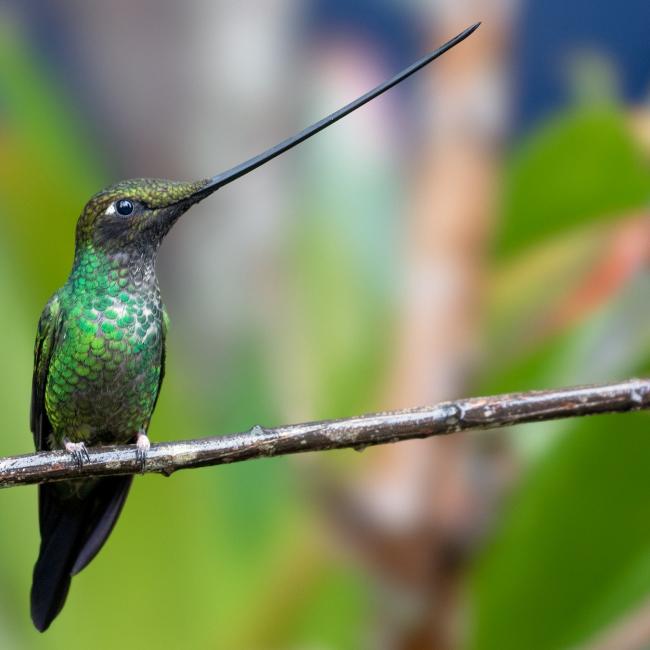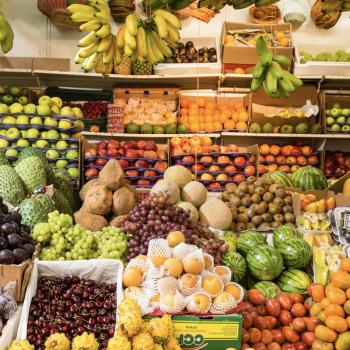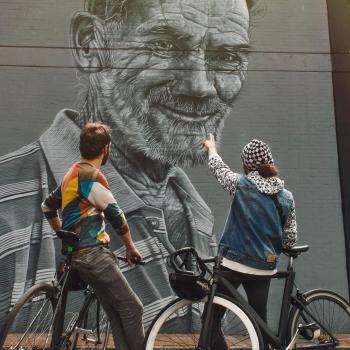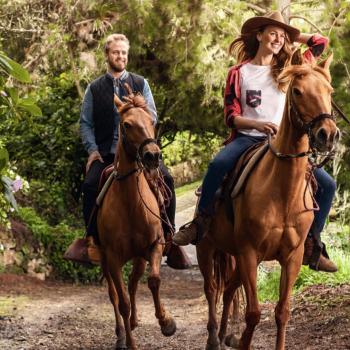Any conversation about the La Candelaria neighborhood is a conversation about the history of Bogotá. If you are wondering what does Candelaria mean, you must know It was the place where the city was founded in 1538, and takes its name from a Catholic chapel dedicated in honor of the Virgen de la Candelaria. Those steep stone streets, which seem to reach the sky, have seen the history of the country go by. Long before Gonzalo Jiménez de Quesada founded this city in a valley of fortresses and built twelve huts in the Chorro de Quevedo, it was a sacred site for the Muiscas (the ancient indigenous community).

Places and restaurants of interest for those who want to know 'La Candelaria'.
What to do in La Candelaria, Bogota
The best way to visit La Candelaria is by walking around and enjoying its architecture. In the houses with nineteenth-century eaves and colonial balconies, the ghosts of the viceroys that once inhabited patios and hallways are hidden.
A large portion of the homes - many of them in colonial and republican construction styles - are preserved and have been declared assets of historical and cultural interest. In this area of the historic center of the city there are about 500 institutions including the best museums in Bogota, research centers, as well as theaters, libraries, and universities.
Today, either these large houses are theaters (La Candelaria, Seki Sano, El Tecal, García Márquez, etc.) and museums in Bogota (Colonial, del Florero, Casa de la Moneda, Quinta de Bolívar, Military, etc.) or they have disappeared to give place to the modern buildings of the Universities (La Salle, Externado, Andes, etc.) and the most visited library on the continent, the Luis Ángel Arango Library, One of the best places to visit in Bogota
This mix between old and modern styles is visible not only in the architecture, but also in the life of this area. Artists, students, and visitors from all over the world blend in its streets with the original inhabitants of some of these houses, when taking a trip to Bogota, Colombia.
Cultural things to do in La Candelaria, Bogota
Without a doubt, our first recommendation is that you immerse yourself in the world of culture that this area offers. Especially, during a bike tour in La Candelaria to visit some of the best museums in Bogota like the Botero Museum, which not only has more than a hundred works by Maestro Fernando Botero, but also paintings by world-class artists such as Renoir, Money, Degas, Picasso, and Miró, just to name a few. This collection was donated by the famous Colombian artist and the admission is free if you’re wondering about things to do in La Candelaria, Bogota
The Luis Ángel Arango Library offers, in addition to its two million volumes, an art collection that, since the late 1950s, exhibits works by Colombian, Latin American, and European artists.
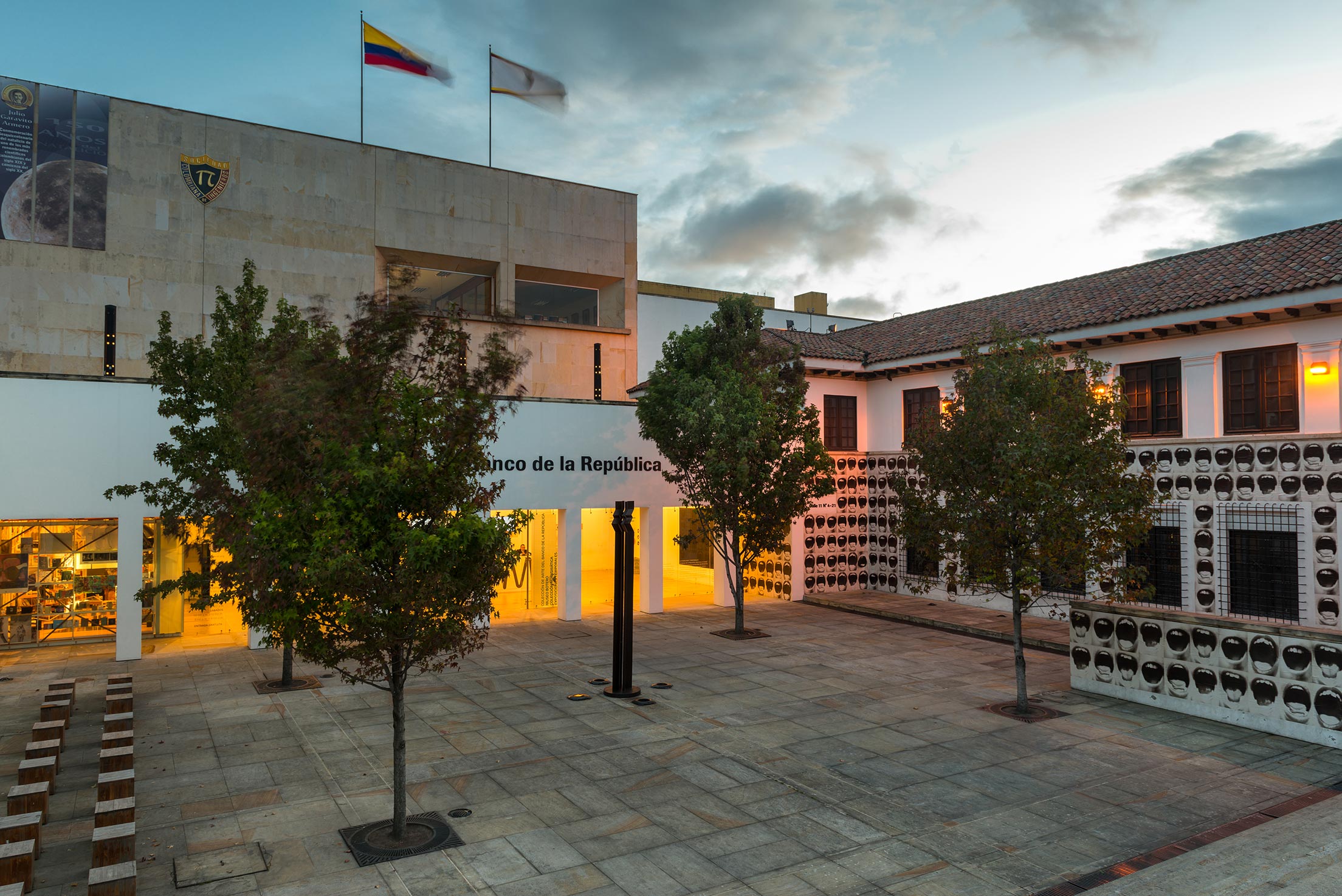
Facilities outside the Luis Ángel Arango Library.
The list of museums in Bogota is very extensive; but we also recommend some that tell Colombian history, such as the Casa del Florero, the Museum of Colonial Art and the Museum of Bogotá.
You should also pay a visit to the modern Gabriel García Márquez Cultural Center, designed by the famous architect Rogelio Salmona. Enjoy a cup of coffee, venture to see the art exhibitions or visit the bookstore of the Mexican publishing house Fondo de Cultura Económica.
The Colón Theater is another of the most emblematic buildings in the neighborhood. In neoclassical style it is a Colombian National Monument. Check its programming so you can attend a concert and be dazzled by its architecture and the quality of the artists that perform there. This is why is considered to be one of the best places to visit in Bogota.
The religious side of La Candelaria
Following the Spanish tradition, this area has numerous churches and chapels of great architectural value. We will start, obviously, with the one that gave the name to the neighborhood, the Church of Nuestra Señora de La Candelaria. Built at the end of the 17th century, it still preserves some of the techniques used during its construction during colonial times.
Towards the west, and framed in the Plaza de Bolívar, you can find the Primada Cathedral of Bogotá and the Capilla del Sagrario. Although the former is imposing due to its size and a must-see for visitors, the latter has great treasures of colonial art, such as the collection by the colonial painter Gregorio Vásquez de Arce y Ceballos. Another reason if you're wondering why visit Bogota.
If you move away from La Candelaria, take a chance and visit the Church of Santa Clara, which houses the Museum of the same name. You will not regret it, after observing various samples of baroque art from the 17th and 18th centuries.
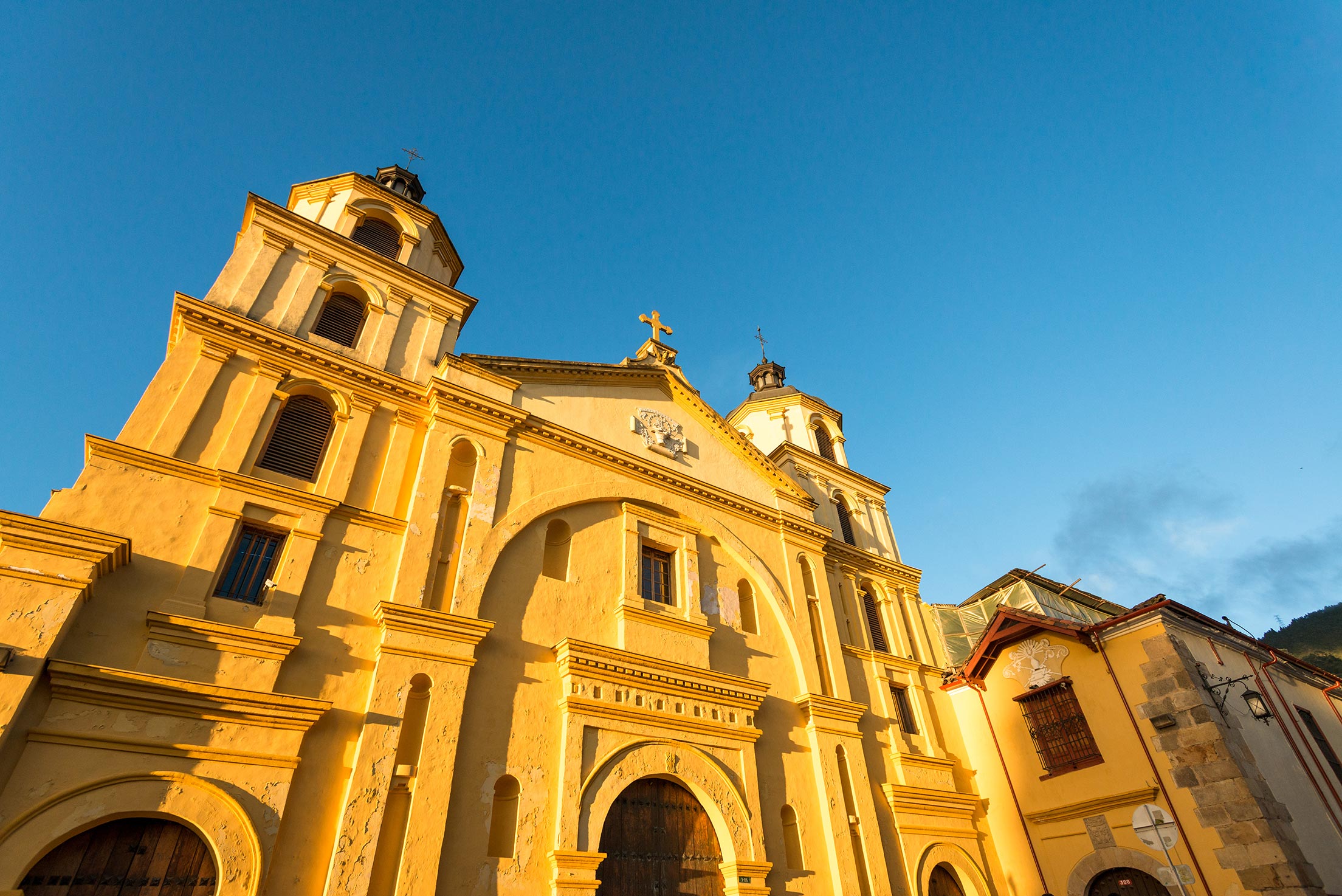
Delight yourself with the infrastructure of the Church of Santa Clara.
Find out more: Sanctuary of Monserrate.
The gastronomic side of La Candelaria
The gastronomic history of Bogotá is on display in the historic center. Although restaurants with modern and cosmopolitan menus are based here, our recommendation is that you visit the traditional places. "La Puerta Falsa" is the oldest restaurant in the city, with more than two hundred years of history. There you will find the main dishes of the capital's cuisine, such as tamales, ajiacos, desserts and, of course, Santa Fe chocolate (chocolate Santafereño), an unmissable stop when doing the tour La Candelaria, Bogota.
In addition to this historical place, we recommend other restaurants such as the traditional “Casa Vieja”, La Scala and Origen Bistró.
The popularity of our cuisine has been growing so much that the “Sabor Candelaria” Gastronomic Festival and Congress is held annually, which aims to give value to the traditions and ancestral dishes of the city. In addition to getting to know the new venues, this festival includes events such as coffee and wine tastings, and talks and workshops with the main chefs in the city.
La Candelaria, although being the smallest neighborhood in the capital of Colombia, is one that offers a great variety of culture breathed in each of its cobbled streets, where you will surely find a reason to fall in love with when you visit Bogota even more.
It may be of interest: Tourism in Bogota: a city for experiencing culture.








